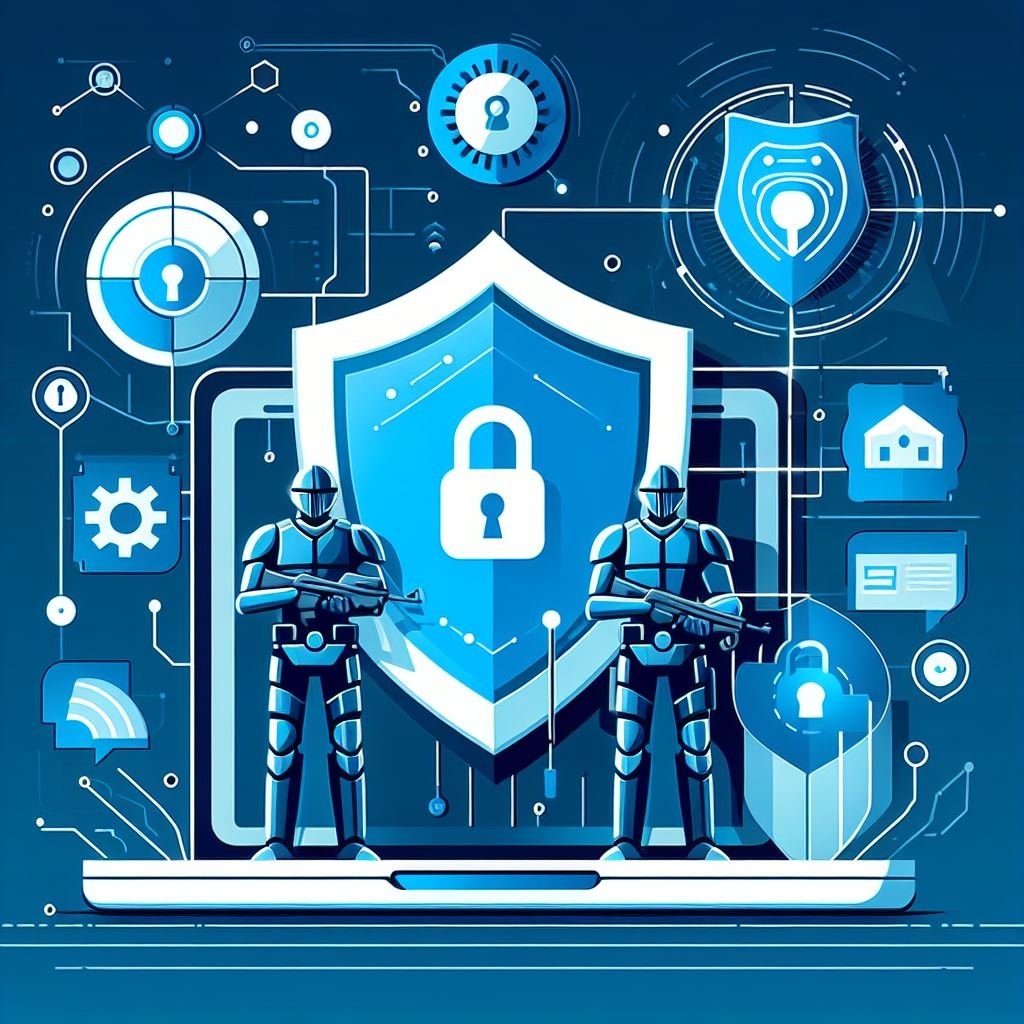In the age of instantaneous online transactions, the allure of swift purchases and seamless fund transfers is undeniable. However, with this digital convenience comes the pressing need to fortify our financial defenses against the ever-present threats lurking in the vast landscape of the internet. This comprehensive guide aims to empower you with the skills needed to master the art of secure online transactions, ensuring the safety of your financial data in an interconnected world.
Understanding the Risks in Online Transactions
The landscape of online transactions introduces various risks, from potential vulnerabilities in payment cards to the sophisticated tactics employed in phishing attacks. Payment card risks can lead to unauthorized transactions, while phishing threats attempt to deceive individuals into disclosing sensitive information. It’s essential to recognize these risks and take proactive measures to mitigate potential threats.
Reference: Federal Trade Commission (FTC) – Online Shopping and E-Commerce
Best Practices for Secure Online Transactions
- SSL Encryption: A foundational element of secure online transactions, Secure Sockets Layer (SSL) encryption establishes a secure connection between your device and the website. This prevents malicious actors from intercepting sensitive data during transmission.
- Two-Factor Authentication (2FA): Elevate your security posture by implementing 2FA, an additional layer of verification that goes beyond passwords. This adds a robust barrier against unauthorized access to your accounts.
- Secure Payment Gateways: Opt for platforms with robust and secure payment gateways, acting as virtual checkpoints to safeguard your financial information during the transaction process.
- Alias Email Services: Consider using alias email services like Hide My Email to keep your true email address hidden, adding an extra layer of privacy to your online interactions.
- Temporary Cards and Extra Bank Accounts: Enhance security by using temporary cards or maintaining an extra bank account with limited funds for online shopping. Third-party services like PayPal or Chime provide additional layers of security.
- Preventing Fraud with Protected Cards: Choose a bank that offers protection against fraud for card purchases. Avoid using debit cards directly, as they may lack the same level of fraud protection as credit cards.
Reference: Cybersecurity & Infrastructure Security Agency (CISA) – Securing Your Web Browser
Protecting Personal Information
Minimizing the exposure of personal information is paramount in the digital age. Explore strategies to limit data sharing during online transactions and prioritize interactions with websites that prioritize robust security measures.
Reference: Identity Theft Resource Center (ITRC) – Best Practices for Securing Personal Information
Emerging Technologies in Online Security
As technology evolves, so does the spectrum of tools to fortify online transactions. From decentralized security through blockchain technology to personalized and biometric authentication methods, innovative solutions are emerging to enhance the security of digital financial interactions.
In a world where digital wallets dominate, understanding the intricacies of secure online transactions is vital. Dive into the realm of digital finance, fortify your cyber defenses, and stay tuned for our next article, exploring the significance of digital literacy in this age of information. 📖💻🤓
